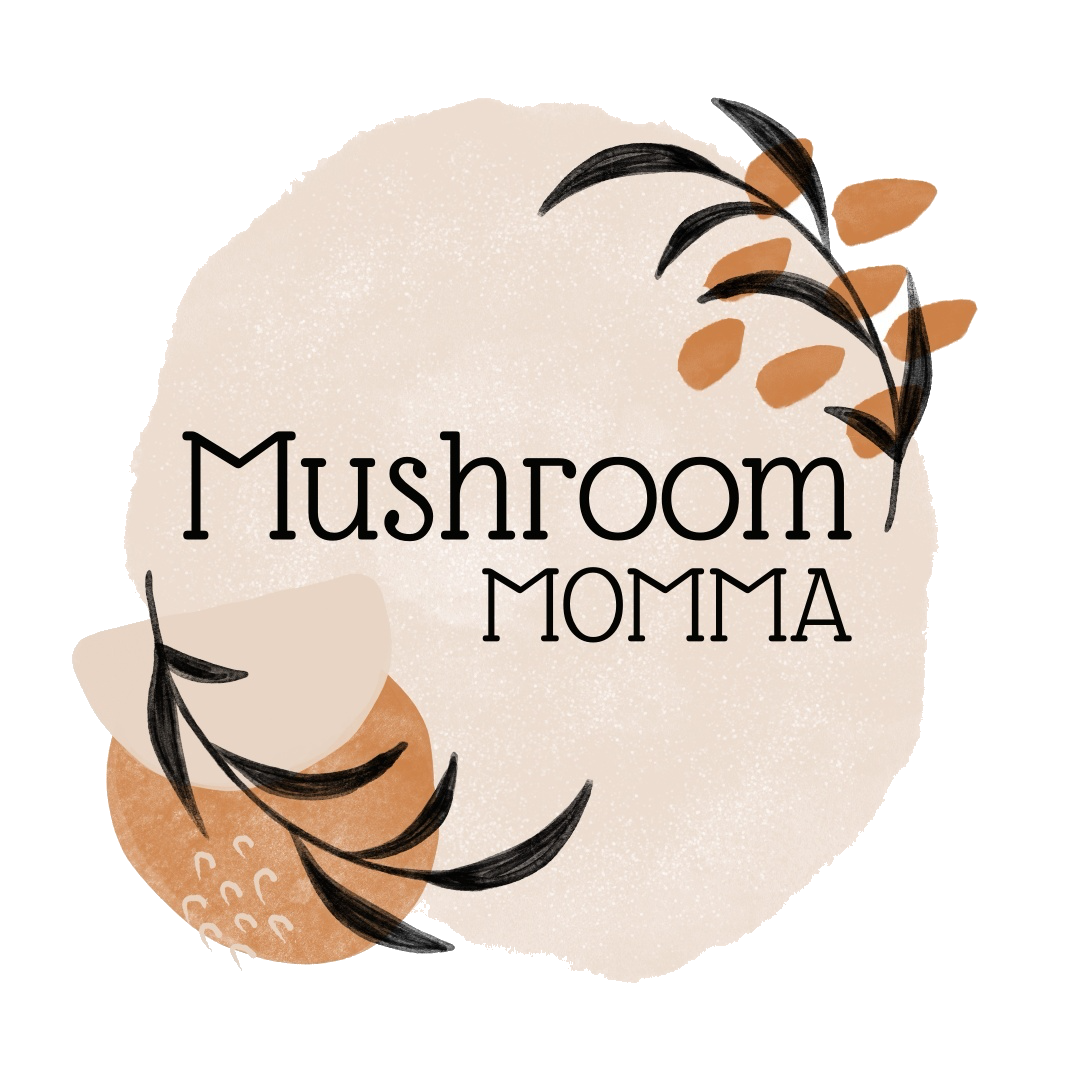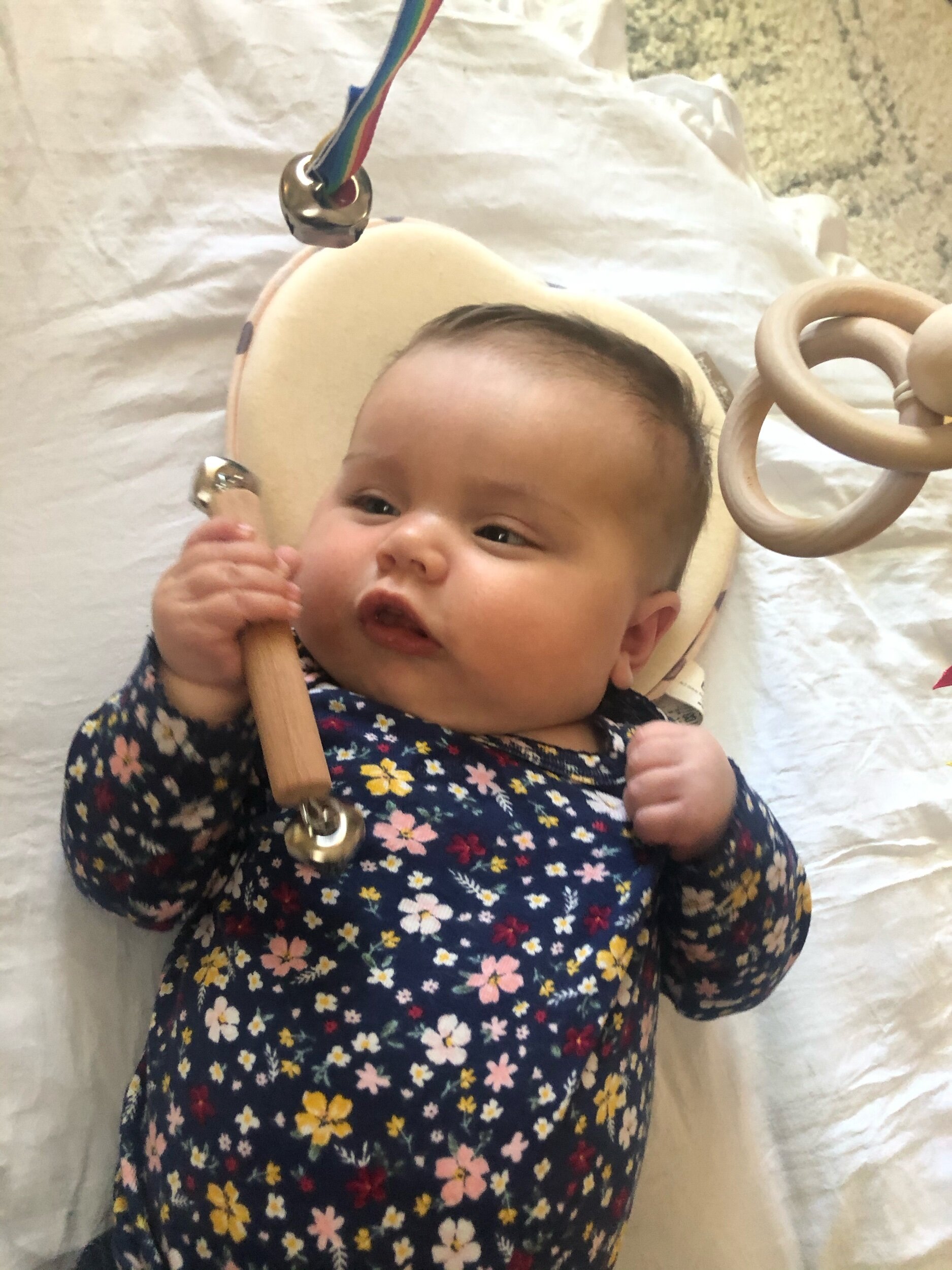Montessori From Birth: Designing a Montessori Nursery

This post may contain some affiliate links. For more information, visit my disclosure page.
“An adult environment is not a suitable environment for children, but rather an aggregate of obstacles that strengthen their defenses, warp their attitudes, and expose them to adult suggestions.. To assist a child we must provide him with an environment which will enable him to develop freely.” Montessori, The Secret of Childhood
Introduction
Five years ago I accidentally fell into Montessori. I was in between jobs as a toddler teacher, and had observed many schools, all with the same environment: screaming children and teachers that all seemed frustrated. Chaos. I then walked into Valley Montessori School, unaware of what Montessori was besides a place that teaches independence, but what I saw was another story. The supervisor opened up a toddler classroom door and what I saw was a classroom full of children working independently and silently, and teachers down on the floor, working with the children. I saw calm. I knew instantly, this is what I wanted to learn about, and this is what I wanted for my children.
A few months later I began taking the American Montessori Society (AMS) Infant Toddler credential courses, it was in these courses my whole perspective on raising infants was changed. It was also since then that led me to looking forward to creating my own Montessori nursery some day. Five years in the making, I am so excited to share my Montessori Nursery.
Home Environment Birth-12 months
When you walk into a typical home nursery, it is garnished with decor all over the walls. New parents spend time picking out bedroom themes and embellishing a crib with all the bells and whistles. Typical commercial baby items including swings, bassinets, and bouncers are priority. All of these things are meant to bring the baby up into the adult world, is made for the eyes of an adult, and contain the infant in different types of containers. A Montessori nursery focuses on bringing our world down to the infant. Soft, calming neutral colors and pictures low on the wall rather than at adult eye-level. The simplicity of materials allows for optimal freedom of movement for the infant, and focuses on the developmental needs of the child.
The Montessori environment is made up of four areas: Sleeping, feeding, physical, and movement. These areas are to be consistent and reliable.
Sleeping area
Cestina or Moses basket
Feeding Area
Movement and Language Area
Low shelf for materials and books
Pillows for sitting
Heavy Ottoman
Work table for older child who is waking
Physical Care Area
Changing table
Stool for changing and independence
Child-sized wardrobe for clothing
Other
Plants and low hanging pictures on the wall
Soft rug such as lambs wool
Baby gate for the bedroom
When designing an environment for the infant, it is designed to help facilitate self-care, and encourage the child to be independent at an early age. Everything in the environment should have a purpose, with the goal to provide opportunities to achieve developmental stages and follow the urge of human tendencies.
Sleeping Area
Floor bed from Sprout Kids.
The first obvious difference of a Montessori nursery is there is no crib for sleeping. The sleeping area contains a Moses basket in the beginning, and a floor bed. The Moses basket offers comfort while baby is sleeping, and also allows the baby to have a visual because unlike a crib, it does not have bars. The Moses basket can be moved from room to room and go where mom goes. It can be used on the floor bed so that the baby can get familiar with their sleeping area, and also assists the newborn in regulating his temperature in the beginning.
Unlike a typical nursery, a Montessori nursery contains a floor bed, used from birth on. A floor bed provides independence and a clear visual of his environment, unobstructed by bars of a crib. With a crib, there is no way out for the infant, the bars provide the infant with only two choices to get out: either find a way to climb, or cry when they no longer want to be inside. At floor level, the infant can crawl on and off the bed independently, and can choose materials placed on the shelf. The bed is low enough, that if the infant was to roll off during sleep, he wouldn’t get injured. The bed can be placed in the center of the room, or against the wall, however if there is no side on the bed, the bed should be 12 inches away from the wall to provide space if the infant was to roll off. Because the infant is free to move about their environment, the room must be baby proofed. All outlets covered, ensure fragile/breakable items are out of reach, and shelves and dressers must be attached to the wall.
My favorite nursery item is the Topponcino. The topponcino is a soft small mattress pad made of 100% cotton batting and cotton sham. It provides comfort and security to the infant, and gives him consistency of touch and smell wherever he is placed with it. Prior to birth, the topponcino is to be slept with mom so her smell is on it when the infant is born. It also provides a barrier when family and friends are holding the newborn.
There is no “moving” furniture such as swings, bouncers, and rocking bassinets in the environment. These limit the allowance for development of their muscles due to the lack of freedom of movement. They can also cause false movement expectations, to where the infant is used to only sleeping with movement, and is unable to sleep without it. Having consistent, still sleeping places provide the infant with their need for order, and also creates healthy sleeping habits and learning to sleep on mattresses, just as we do as adults.
Feeding Area
Adult nursing chair from Carters by Devinci
Mom should have a space with a rocking chair to support her body and calm her while feeding the baby. The rocking chair is the only moving furniture in the environment, and it is utilized to bring mom to a calm state while nursing and holding the infant. The chair also provides a consistent place to nurse and feed the infant, which supports the child’s need for order. The space I am using for the nursery is smaller than I prefer, however Montessori is ever changing. Once my baby begins walking and being mobile, I plan to remove the rocking chair out of the nursery, and replace it with cushions on the floor and a child-level book shelf for a reading corner. This not only ensures safety from the child climbing on the rocking chair, but also provides an independent space for the child to look at books, and also calm their body.
As the child becomes mobile and starts eating solids, a weaning chair and table to eat at at their level independently, and a high chair with a detachable tray so they can eat at the family table is to be provided.
Movement Area
Movement space set up in the main family living space.
The infant movement area is an area where the baby is to be put while they are awake. It is their work space to practice different movements. They can practice tummy time, and they can work on their own without much adult interaction. The movement area contains a mat and a mirror on the wall. The mirror provides the baby feedback on his body scheme and helps them understand their body. It motivates them to move more and eventually allows them to recognize themself. The movement area should be placed in the main family living space, so the infant can be apart of the family’s activities.
Mobiles are hung in the movement area, they can be hung from the ceiling or from a mobile holder attached to the wall. A low shelf provides a place for a few materials that are developmentally and age appropriate, and provides order. There should be no more than 8 total materials on the shelf, four on the top and four on the bottom. The shelf allows the child to independently choose materials to use on the floor. They first observe materials being taken off by the adult, and eventually begin to imitate the process. When the child begins walking, a work table to work can be provided to take materials to to work on.
As the child begins to practice pulling themself up and cruising, a ballet bar attached to the wall in front of a mirror can be provided. This aids for independence and allows them to practice pulling up and walking. The infant begins to develop self-confidence and self reliance. An ottoman can also be provided for the infant to practice pulling them self up on, and learning to walk around, and can give them confidence as they practice independently.
Commercial Movement items such as walkers, exersausers, and jumpers are not used in the Montessori environment. The child cannot independently get in and out of these items, and they can disrupt muscular development and cause tip toe walking.
Shelf for materials
Physical care
The area for physical care will have a changing table, containers for soiled diapers and clothes, fresh diapers and wipes, and the child’s clothing. As the child becomes mobile, a small child-sized stool can be provided to assist in independent personal care changing out of their own clothes. Clothing should be at the child’s level, either in dresser drawers or hanging at the child’s level.
This environment meets the needs of the child. It provides them with the gift of observation, and freedom of movement. By providing an environment that allows for independence, your child will build a foundation for trusting himself, and builds confidence in the relationships of his world.











